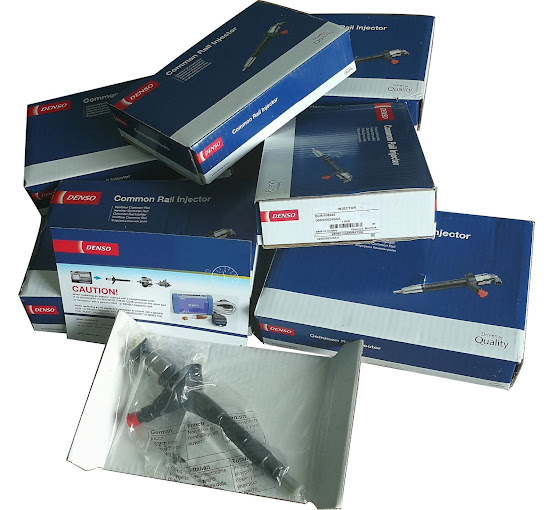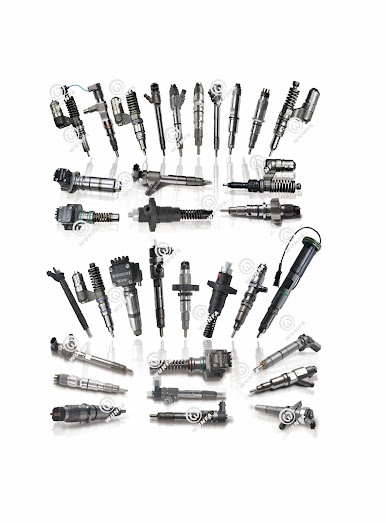What are the advantages of choosing the best Common rail injector?
In the intricate
landscape of contemporary diesel engines, two indispensable elements stand out
for their role in refining performance, curtailing emissions, and elevating
fuel efficiency: urea injectors and common rail injectors. While both are
essential cogs in the engine's machinery, they fulfill distinct functions,
collectively elevating the efficiency and eco-friendliness of diesel-powered
vehicles. Let's embark on a journey to unravel the inner workings of these
components and grasp their significance in the realm of modern automotive
engineering.
 |
| Common rail injector |
Common Rail Injectors:
The Core of Diesel Engines
At the forefront of
diesel engine innovation, common rail injectors redefine the paradigm of fuel
delivery and combustion. Departing from traditional systems reliant on
mechanical pumps and individual injectors per cylinder, common
rail injectors operate via a centralized mechanism, pressurizing fuel
to substantial levels before distributing it to multiple cylinders
concurrently. This methodology ensures precision in fuel delivery, culminating
in enhanced combustion efficiency and diminished emissions.
Key Attributes:
Elevated fuel pressure:
Harnessing a common fuel rail, common rail injectors propel pressurized fuel to
staggering levels, typically ranging from 2,000 to 30,000 pounds per square
inch (psi).
Electronic precision:
Diverging from mechanical counterparts, common rail injectors boast electronic
governance, enabling meticulous timing and metering of fuel delivery,
synchronized with diverse engine parameters like load, speed, and temperature.
Multiple injection
cycles: Advanced common rail systems orchestrate multiple injections within
each combustion cycle, further refining fuel combustion and curbing emissions
of detrimental pollutants like nitrogen oxides (NOx) and particulate matter.
Urea Injectors: Tackling
Diesel Emissions with SCR Innovation
Amidst the pursuit of
stringent emission standards, selective catalytic reduction (SCR) technology
emerges as a potent tool for NOx emission mitigation. Urea injectors,
alias diesel exhaust fluid (DEF) injectors, assume a pivotal role within SCR
systems by introducing a urea-based solution into the exhaust flow, where it
interacts with NOx to yield benign nitrogen and water vapor.
Key Features:
Precise urea dosing: Urea
injectors meticulously dispense and disperse DEF into the exhaust flow
preceding the catalytic converter, ensuring optimal amalgamation and reaction
with NOx emissions.
SCR catalyst synergy: The
marriage of urea solution and SCR catalyst within the exhaust infrastructure
catalyzes the conversion of NOx into innocuous nitrogen and water, effectuating
substantial emission reduction.
Symbiosis with engine
management: Seamlessly integrated with the engine's electronic control unit
(ECU), urea injection systems calibrate dosing with real-time sensor insights,
maximizing emission abatement efficacy.



Comments
Post a Comment